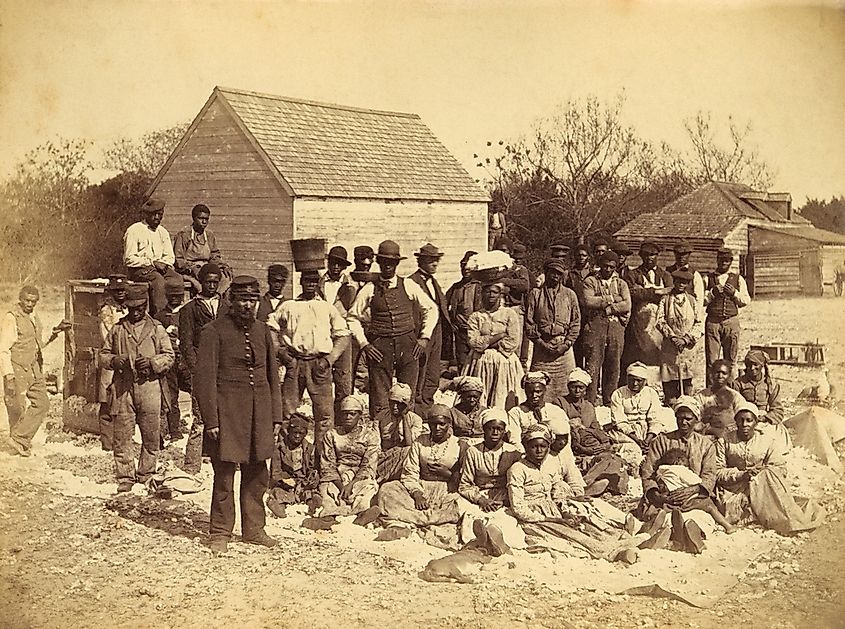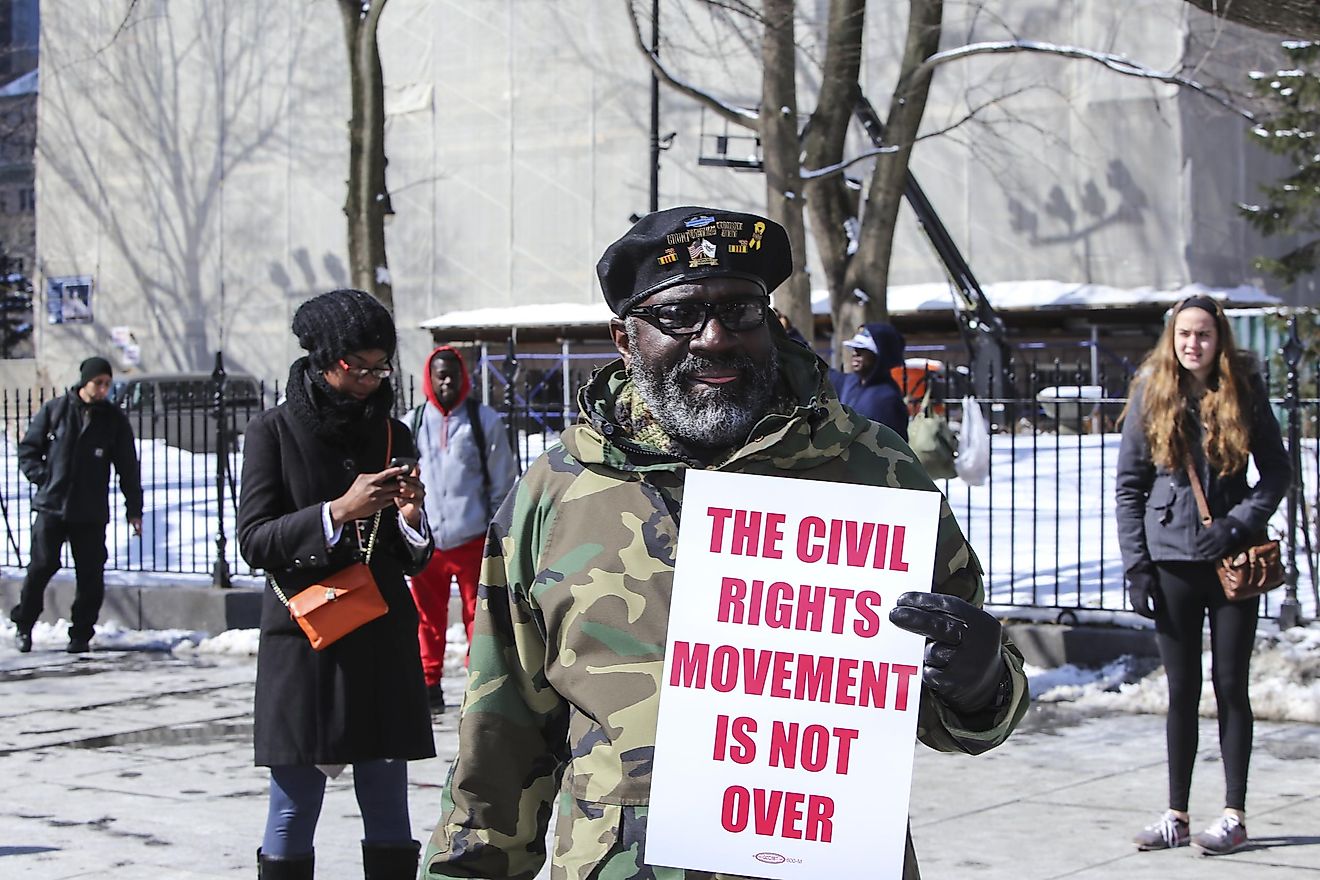What Are Three Areas Of Sectionalism?

- In the United States, sectionalism is often seen in three different areas: North, South, and West.
- The South was an extremely militant area because they feared that an uprising of the slaves could happen at any minute.
- Despite the fact that the North did not take part in slavery, the economies of the North and South were very dependant on one another.
Sectionalism is commonly defined as loyalty to the particular region where a person resides rather than to the entire country. In the United States, sectionalism is often seen in three different areas. This dates back to the 19th century, and those areas are the North, South, and the West, although the West is often considered a part of a different classification. Throughout history, people living in the United States often identified with just one of these areas, thereby fostering the idea of sectionalism even further.
The North And The South
In the 1800s in the United States, people in the North and the South had different lifestyles, customs, social structures, and political values. There were actually strong tensions between these two areas, resulting in the conflict that led to the War of 1812. This war eventually resulted in the Hartford Convention. This convention was a way for the North to voice its discontent with the foreign trade embargo primarily. This embargo affected their businesses.
Throughout the first half of the century, sectionalism continued to increase further in the country. The North was becoming more industrialized and urbanized. All over those parts, new factories were being built. On the other hand, the South was concentrating more on agriculture and plantations. Slave labor was a thing there as well during those times. One thing that was interesting about this period is that people living in the South that owned slaves tried defending slavery by saying that factory workers in the north worked under worse conditions than slaves.
Complementary Economies
Slavery started seeing a decline in the border states of the South. It was still going strong once you’d stepped foot deeper in, but people closer to the northern parts started changing their ways. People in larger, more industrialized cities started to give up on the awful practice of slavery. This is why the parts of the South that still kept these racist practices were rural.

However, despite the North not taking part in slavery, the economies of these two areas were complimenting each other. The industrialized North and the agricultural South could not live without each other, in more ways than one. Despite this, their economic differences were one of the main reasons the Civil War started.
The Progressive North
Sectionalism was not obvious just through the economy either. Many other cultural and social institutions were vastly different in the North and South. The economic differences between people in the South were extreme. The wealthier people owned all of the good lands, so the poor farmers were forced to work with the land that was not productive. The South was also an extremely militant area because they feared that an uprising of the slaves could happen at any minute.
The people in the North were always extremely critical of the way the people in the South lived. They were commonly giving examples of why life in the North was more prosperous, and why slavery should be abolished. However, people in the South criticized the North for changing too much and throwing away all of the traditional ideas of the Founding Fathers of the United States. However, many of them were slave owners as well, so it is no surprise that people stopped living like that.
All of this was the reason for extremely high intolerance between the North and the South. The third area of sectionalism was the American West. This was a different and lesser-known issue, where the farmers from the West were feeling exploited. They believed that the railroads that had their headquarters in the East were using them as a cheap workforce. As a result of this feeling, the farmers started to support the Populist movement.











